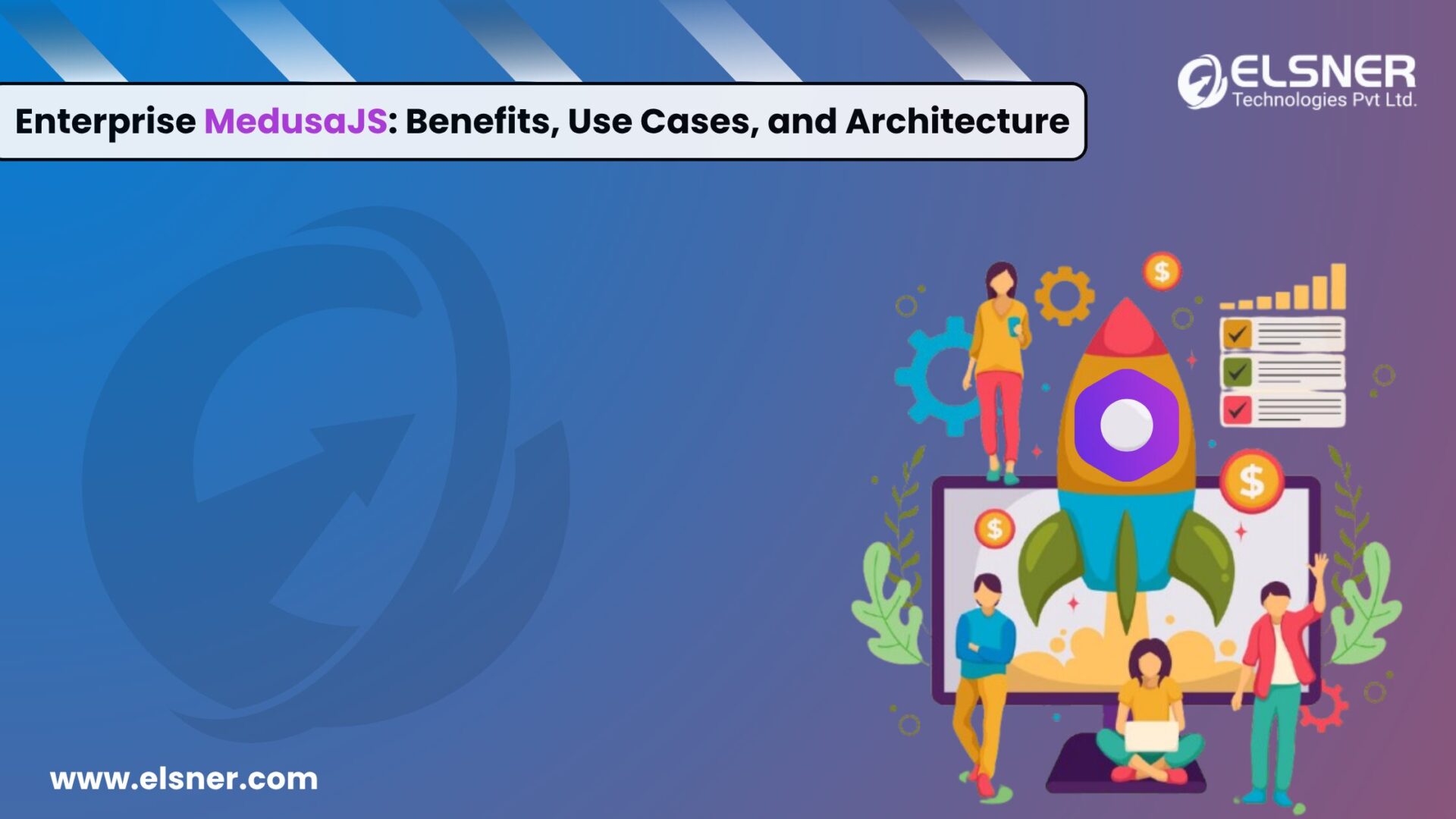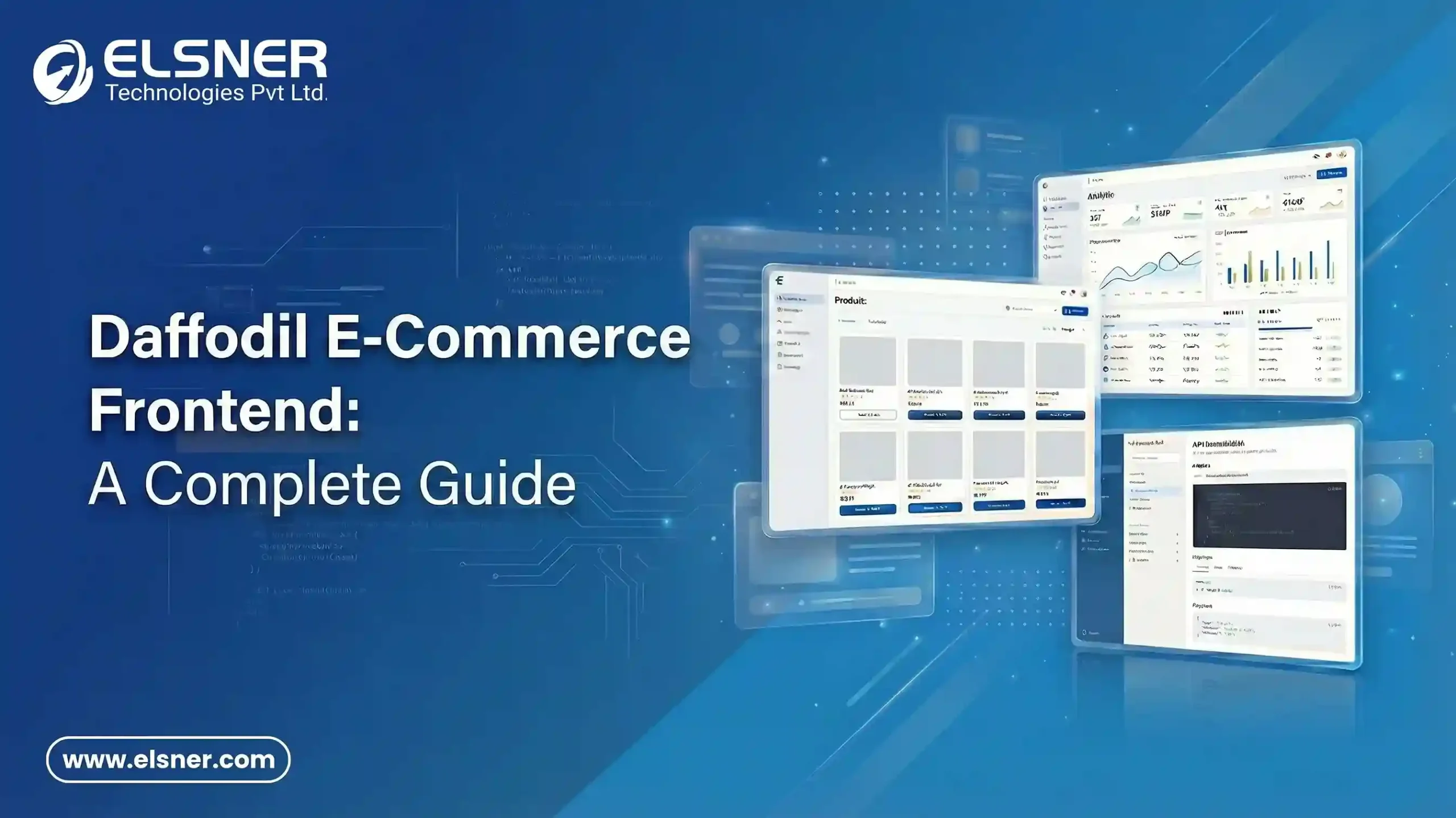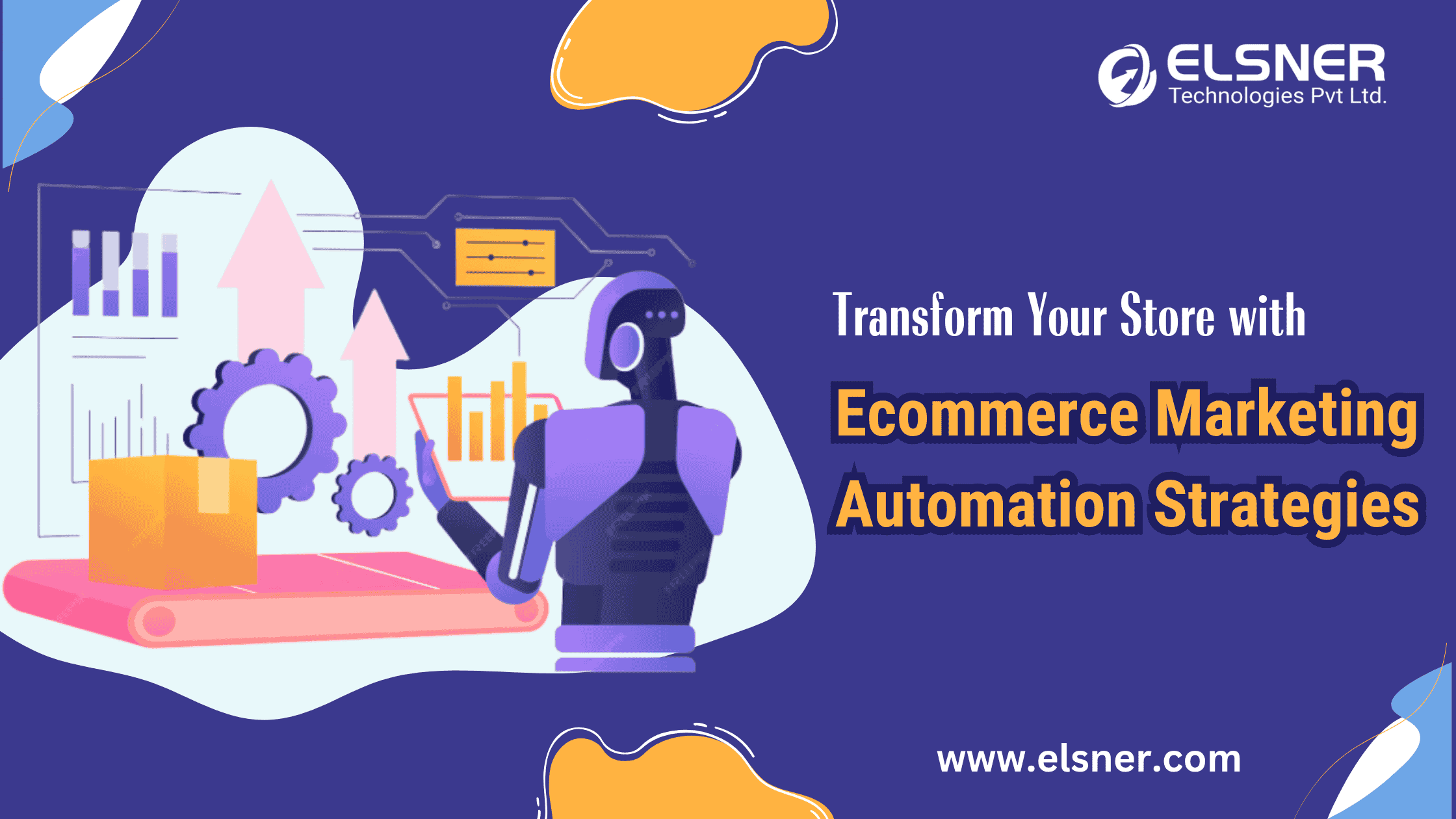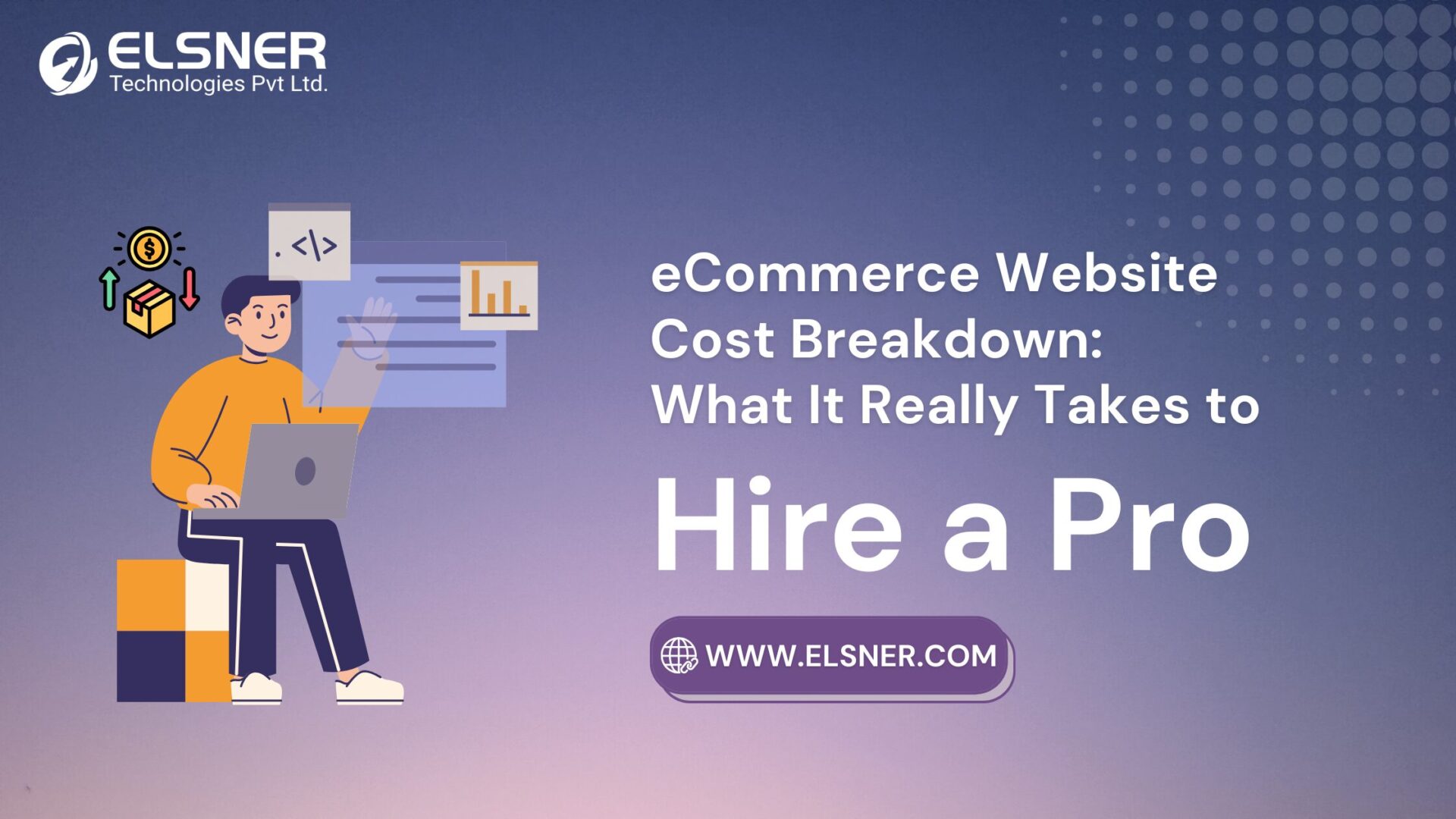- MedusaJS for Enterprises: Why Does It Work?
- What are the MedusaJS Benefits For Large Businesses?
- Modular Architecture That Actually Works
- Headless Freedom Changes Everything
- Global Commerce Made Simple
- Open Source Advantages
- Medusajs Enterprise Integration Flexibility
- MedusaJS Architecture: What Enterprises Should Know?
- Foundation That Scales
- Plugin System Excellence
- Event-Driven Design Benefits
- API Structure That Makes Sense
- Real-World Enterprise Applications of MedusaJS for Enterprises
- Multi-Channel Enterprises
- Subscription Business Support
- Custom Checkout and Promotions
- Seamless ERP & CRM Integration
- Start Your MedusaJS Journey Today
- Platform Comparison
- MedusaJS for Enterprises: Implementation Strategy for Success
- Planning Phase Essentials
- Integration Roadmap
- Deployment Considerations
- When Professional Help From Ecommerce Development Services Makes Sense?
- Specialized Implementations
- Legacy System Migrations
- Custom Logic Requirements
- Wrapping Up: The Strategic Advantage of MedusaJS for Enterprises
- FAQs
- Q: How long does a typical MedusaJS implementation take for enterprise businesses?
- Q: What’s the real cost difference compared to Shopify Plus?
- Q: Can existing development teams handle MedusaJS, or do we need specialists?
- Q: How does performance compare to our current platform?
- Q: What happens if MedusaJS development stops or the company disappears?
Enterprise eCommerce is changing fast. Traditional platforms that once dominated the market are showing their age. MedusaJS has emerged as a headless eCommerce platform that’s catching the attention of CTOs and tech leads worldwide.
But does it actually work for complex enterprise requirements? We’ll find that out today! As an Ecommerce Development Company working closely with modern commerce stacks, we’ve seen how MedusaJS is reshaping expectations. In this blog, we’ll break down the MedusaJS architecture, share real success stories, and show you exactly why forward-thinking companies are making the switch from legacy platforms that just can’t keep up anymore.
MedusaJS for Enterprises: Why Does It Work?
Traditional platforms like WooCommerce and Shopify face significant limitations when it comes to enterprise requirements.
- Custom workflows become cumbersome.
- Integration challenges multiply.
- Performance bottlenecks emerge as traffic scales.
MedusaJS enterprise integration addresses these pain points head-on.
- API-first architecture offers the modularity that large businesses need.
- The platform’s open-source nature enables developers to modify the code when needed.
What are the MedusaJS Benefits For Large Businesses?
MedusaJS offers several benefits for enterprises and large businesses. Some of the most notable MedusaJS benefits for large businesses include:
Modular Architecture That Actually Works
When you use MedusaJS for Enterprises, each service – payments, shipping, inventory management – operates independently. Need to swap out your payment processor? No problem. Want to integrate a specialized shipping solution? Easy.
This modularity gives enterprises control and flexibility. MedusaJS architecture enables teams to modify specific components without breaking the rest of the system.
Headless Freedom Changes Everything
The headless approach isn’t just trendy – it’s practical. Ecommerce development services can choose their preferred frontend technology. React, Vue, Next.js – whatever works best for the specific use case.
This separation brings real performance benefits. Jamstack-style builds load faster. SEO improves naturally. The frontend team can work independently of backend changes, speeding up development cycles significantly.
Global Commerce Made Simple
International expansion often becomes a technical nightmare with traditional platforms. MedusaJS architecture handles multi-region and multi-currency operations smoothly.
Currency conversion happens automatically. Regional pricing rules can be configured without custom code. Tax calculations adapt to local requirements. These MedusaJS benefits for large businesses transform global expansion from a technical challenge into a strategic opportunity.
Open Source Advantages
The open-source MedusaJS architecture offers several advantages, including:
- Zero licensing fees – Budget allocation becomes more predictable
- Active community support – Problems get solved faster
- Transparent development – No surprises in updates
- Easy team onboarding – Developers can explore the codebase freely
Medusajs Enterprise Integration Flexibility
Modern businesses rely on multiple systems:
- CRM platforms,
- ERP solutions,
- Analytics tools,
- Marketing automation
They all need to work together seamlessly. MedusaJS enterprise integrations are straightforward. The API-first design means connecting external services doesn’t require complex workarounds or expensive middleware solutions.
MedusaJS Architecture: What Enterprises Should Know?
Foundation That Scales
MedusaJS runs on Node.js using Express framework – technologies that enterprise development teams already understand.
Data storage combines PostgreSQL for persistence with Redis for caching.
- PostgreSQL handles complex queries efficiently.
- Redis ensures fast response times for frequently accessed data.
This combination provides both reliability and speed. For further insights on improving store performance, check out our guide on MedusaJS Performance Optimization Tips.
Plugin System Excellence
Instead of modifying core code, you can hire ecommerce developers to extend functionality through plugins. Cart behavior, order processing, product management – everything becomes customizable without touching the foundation.
This approach protects investments in customization. Platform updates don’t break custom features. New functionality can be added incrementally without system-wide changes.
Event-Driven Design Benefits
MedusaJS for Enterprises embraces event-driven architecture principles. When something happens – an order gets placed, inventory updates, a customer registers – events trigger automatically.
Webhooks and subscribers make external system integration elegant. Instead of polling for changes, systems react to events in real-time. This design
- Reduces server load
- Improves responsiveness across all connected systems.
API Structure That Makes Sense
Two distinct API layers serve different purposes:
- Admin APIs handle secure backend operations
- Storefront APIs manage customer-facing interactions
This separation improves security while simplifying development. Backend teams can work on admin features while a frontend Ecommerce Developer focuses on enhancing the customer experience.
Real-World Enterprise Applications of MedusaJS for Enterprises
Multi-Channel Enterprises
Modern enterprises rarely sell through a single channel. B2C websites, B2B portals, wholesale platforms – each requires different experiences while sharing common data.
MedusaJS for Enterprises excels at this complexity. One backend serves multiple storefronts. Inventory stays synchronized. Customer data remains consistent. Pricing rules adapt to channel requirements automatically.
Subscription Business Support
Recurring revenue models have specialized workflows that require careful orchestration:
- subscription renewals,
- payment retries,
- customer lifecycle management.
The platform’s flexible architecture supports these complex scenarios. Custom subscription logic integrates naturally without forcing workarounds or compromises.
Custom Checkout and Promotions
Enterprise brands often need sophisticated promotional capabilities. Buy-one-get-one offers, tiered discounts, customer-specific pricing – standard platforms struggle with this complexity.
MedusaJS architecture handles promotional complexity through its event system. Custom discount engines can be built and deployed without affecting core commerce functionality.
Seamless ERP & CRM Integration
Large businesses depend on enterprise resource planning systems. Inventory synchronization, order status updates, customer data management – these integrations can make or break operational efficiency.
The platform’s API-first design makes ERP connections straightforward. Real-time data flows between systems without complex middleware or expensive integration platforms.
Start Your MedusaJS Journey Today
Every great transformation begins with one bold step. Discover how MedusaJS can help your enterprise grow, adapt, and lead with confidence.
Platform Comparison
|
Feature |
MedusaJS | WooCommerce |
Shopify Plus |
|
Open Source |
✅ | ✅ |
❌ |
|
True Headless |
✅ | Limited |
Limited |
|
Custom Integration |
Highly Flexible | Plugin-Dependent | Closed Ecosystem |
| Performance | High (API-first) | Average | Good |
| Cost Efficiency | No License Fees | Variable | Expensive at Scale |
MedusaJS for Enterprises: Implementation Strategy for Success
Planning Phase Essentials
Success starts with thorough requirements analysis:
- Map out existing integrations.
- Identify custom workflows.
- Document performance expectations.
Consider the frontend technology stack early.
- Next.js works well for most use cases.
- Gatsby suits content-heavy sites.
- Vue.js offers excellent developer experience for teams already familiar with the framework.
When you hire ecommerce developers, ensure that they are involved from the planning stage itself.
Integration Roadmap
Start with core commerce functionality.
- Get products, orders, and customers working smoothly.
- Add payment processing next.
- Then tackle specialized integrations one by one.
Phased approaches reduce risk while allowing teams to learn the platform incrementally.
Deployment Considerations
There are several cloud deployment options in MedusaJS for enterprises:
- Vercel handles frontend deployment beautifully.
- Railway or DigitalOcean work well for backend hosting.
- Docker containers provide deployment flexibility across multiple cloud providers.
When Professional Help From Ecommerce Development Services Makes Sense?
To enjoy all the MedusaJS benefits for large businesses, partner with professional ecommerce development services.
Specialized Implementations
Some complex implementations require special knowledge. These include:
- Complex SAP integrations
- Salesforce connections
- NetSuite synchronization
Legacy System Migrations
Migrating from legacy systems comes with several challenges. When you hire ecommerce developers, they can help with
- mapping,
- testing procedures,
- rollback strategies
Custom Logic Requirements
Some e-commerce elements often need expert implementation to avoid future maintenance headaches:
- Specialized pricing rules,
- Unique checkout flows,
- Complex promotional engines.
Wrapping Up: The Strategic Advantage of MedusaJS for Enterprises
MedusaJS represents more than just another eCommerce platform. Whether launching new digital experiences or modernizing existing infrastructure, MedusaJS enterprise integration provides the foundation for sustainable growth. The platform grows with business requirements rather than constraining them.
Smart enterprises are already making the transition. The question isn’t whether headless commerce will dominate the future – it’s whether your business will be ready when that future arrives.
Need help getting started with MedusaJS or planning your migration? Talk to our experts today.
FAQs
Q: How long does a typical MedusaJS implementation take for enterprise businesses?
Most enterprise implementations range from 3-6 months, depending on complexity. Simple migrations might wrap up in 8-12 weeks. Complex integrations with multiple ERP systems could stretch longer. The modular approach actually speeds things up – teams can launch basic functionality quickly, then add features incrementally.
Q: What’s the real cost difference compared to Shopify Plus?
The numbers vary widely, but most enterprises save 40-60% on platform costs. Shopify Plus charges hefty transaction fees plus monthly licensing. MedusaJS eliminates those recurring fees entirely. You’ll invest more upfront in development, but the long-term savings are substantial. Plus, no surprise fee increases down the road.
Q: Can existing development teams handle MedusaJS, or do we need specialists?
If your team knows JavaScript and Node.js, they’re already halfway there. The learning curve isn’t steep for experienced developers. PostgreSQL and Redis are common technologies too. That said, complex integrations or migrations often benefit from specialists who’ve done it before. Think of it as insurance against costly mistakes.
Q: How does performance compare to our current platform?
Most enterprises see significant performance improvements. The API-first architecture eliminates the bloat that slows down traditional platforms. Headless frontends load faster naturally. Real-world case studies show 2- 3x speed improvements aren’t uncommon. Your exact results depend on implementation quality and hosting choices.
Q: What happens if MedusaJS development stops or the company disappears?
That’s the beauty of open source. The code lives independently of any single company. Even if official development ceased tomorrow, the community could continue maintenance. Compare that to proprietary platforms where you’re completely dependent on the vendor. Open source provides genuine long-term security for your investment.

About Author
Dipak Patil - Delivery Head & Partner Manager
Dipak is known for his ability to seamlessly manage and deliver top-notch projects. With a strong emphasis on quality and customer satisfaction, he has built a reputation for fostering strong client relationships. His leadership and dedication have been instrumental in guiding teams towards success, ensuring timely and effective delivery of services.




